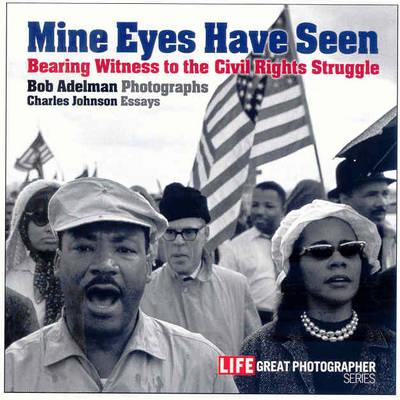Reviewed by jnkay01 on
I recently spoke with Adelman about his work for The Associated Press:
MIAMI BEACH, Fla. (AP) — Flipping through a stack of color images he shot during a 1965 march from Selma to Montgomery, Ala., photographer Bob Adelman is casual about the history they represent.
He pauses at the image of a group of people with clasped hands raised in victory at a Montgomery, Ala., cab stand, where people had gathered during the city's long bus boycott a decade earlier, and calls them "real King fans." Pointing to the second floor of the Alabama Capitol, behind a line of green-helmeted troops, he chuckles as he remembers, "Gov. Wallace was hiding behind the curtains up there."
Then there's the man with his fist raised in mid-speech, whom he calls "Doc" -- better known as the Rev. Martin Luther King Jr.
"Now they seem like momentous events. At the time, they were covered in the back pages of newspapers, for the most part. The only time blacks appeared in newspapers at that time was when there was violence," Adelman said.
Read more at: http://bigstory.ap.org/article/exhibit-shows-adelmans-civil-rights-era-photos
Reading updates
- Started reading
- 19 January, 2014: Finished reading
- 19 January, 2014: Reviewed

